World
What ifs and maybes after a long count in Midlands-NW
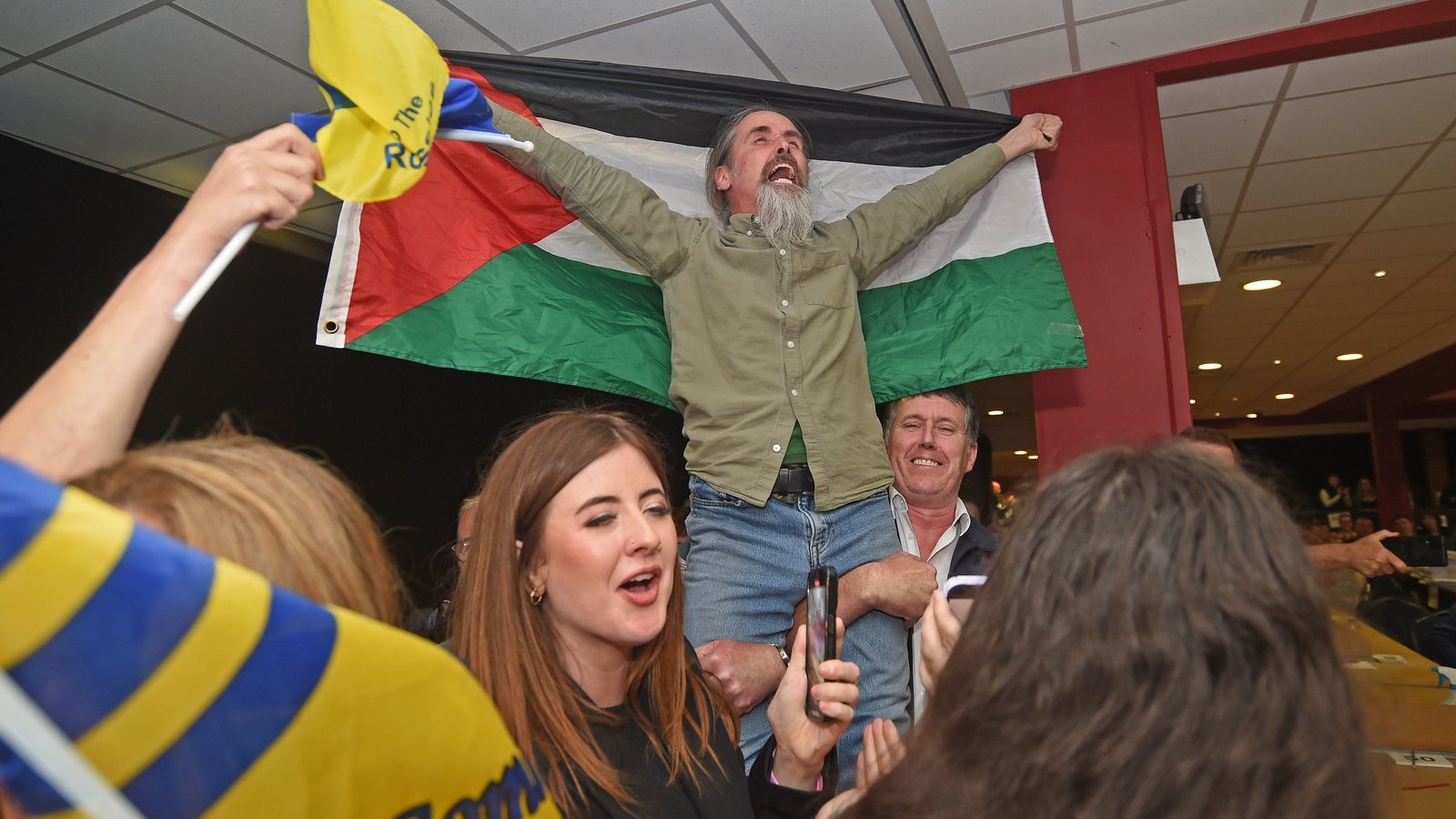
After five days and five nights watching hundreds of thousands of European Parliament ballot papers, political activists in the Midlands-North-West constituency are well primed for the forthcoming general election campaign.
Whether the memory of the lengthy count serves to motivate or minimise that anticipation, it’s definitely thrown up plenty of food for thought for all concerned.
In Fine Gael, things must seem relatively rosy. The party’s two candidate strategy worked with spectacular success.
Maria Walsh and Nina Carberry secured a relatively identical number of first preferences and maintained the momentum that generated throughout the count.
That left it perfectly placed to retain the two seats it took here in 2019; a task many considered difficult to impossible at the outset of the campaign.
Ms Carberry had a minimal number of media appearances during the run in, with Fine Gael seemingly content to have her press the flesh, in favour of connecting with voters via screens, newspapers or radio sets.
That drew criticism from several quarters, with rival candidate Luke ‘Ming’ Flanagan talking about an effort to “depoliticise the campaign”.
It’s a claim senior party figures bristled at and a contention that clearly did not perturb her voters.
For the second time in five years, a ‘celebrity’ triumphed for Fine Gael here.
Strategy key in managing contenders
The issue of candidate selection also looms large for Fianna Fáil and Sinn Féin.
The coalition party opted to run three candidates, in the shape of Barry Cowen, Niall Blaney and Lisa Chambers.
But a loose arrangement whereby they would not canvass in each other’s home county meant the entirety of the vast constituency was open to all.
Seasoned Fianna Fáil veterans concede this was the totally wrong strategy.
When asked why this had happened, one replied: “Because doing otherwise would have been the sensible thing to do.”
Between them, the party’s trio of candidates brought in 148,000 first preferences; more than double the return from five years ago, when Fianna Fáil ran two candidates and failed to make a dent.
That vote haul put them ahead of Fine Gael in terms of number ones, but immediately out of the running for two seats.
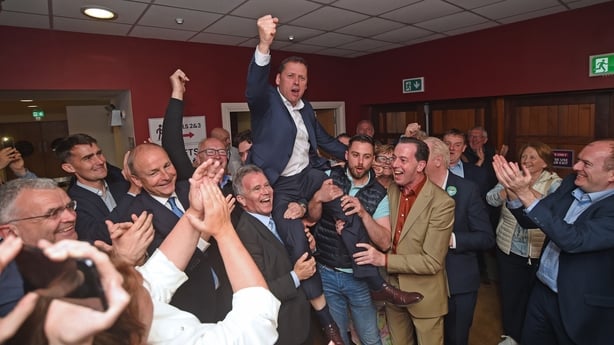
Who is to say what might have been, had a strict geographical rule been in place, with one less candidate lining out?
Party leader Micheál Martin poured cold water on that debate in the early hours of Friday morning, after his arrival at the count centre.
He contended the victory – a first here since 2009 – marked a significant success, after “a very positive campaign” and that he hoped to build upon it, by actively targeting two seats next time round.
Landing on the ideal selection process poses perhaps the biggest challenge for Sinn Féin.
It had its sole MEP in this constituency before last week’s contest and may well have held that seat, were it not for the presence of two party options on the ballot paper.
Chris McManus inherited his European Parliament seat as a result of Matt Carthy’s election to the current Dáil.
But the Sligo man did not resonate sufficiently with voters to hold on to it.
His running mate, former Fermanagh-South Tyrone MP, Michelle Gildernew, outpolled him by two to one.
She remained in the race to the bitter end.
But what would have transpired had she been the sole standard bearer?
Privately, many Sinn Féin members concede that a more practical approach should have been taken.

But this view must be seen through the prism of the opposition party trying to get the balance right, in terms of the number of runners they field for a given area.
It is a debate that is sure to dominate its preparations for the next national ballot.
There was a sense this week that Sinn Féin is still uncertain about how best to proceed on both a policy and messaging front, when it comes to forthcoming electoral contests in the Republic.
All parties crave a candidate who is transfer friendly; someone who can secure a high (ideally second) preference, to see them build on a volume of number ones, and get them over the line.
This attribute is central to how Ireland’s Proportional Representation Single Transferable Vote (PRSTV) system operates.
In that regard, there was one person that stood out from the 26 others who put their names forward.
Luke ‘Ming’ Flanagan’s appeal saw him top the poll on the first count and then go on to garner preferences, as contender after contender fell by the wayside.
Strong performances in pre-election television debates can’t have harmed him, but there was a sense too that the Roscommon native has forged something of a connection with the electorate, many who were willing to “give him a scratch”, in the form of a high preference.
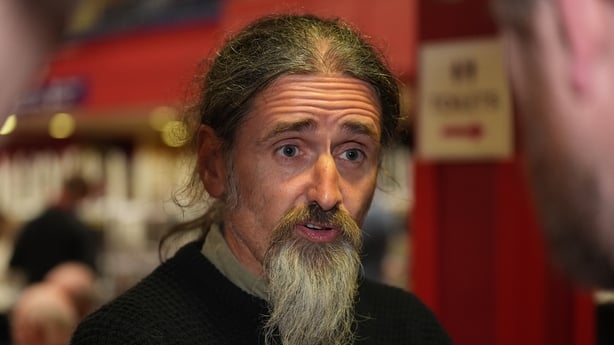
Between the second and 19th counts, he gathered an additional 40,540 votes.
In an extremely crowded field, this achievement was not lost on observers of all political hues.
In comparison, Barry Cowen, benefitting from two eliminated running mates, received 40,712, while Maria Walsh pulled 29,315 transfers, before she was elected without reaching the quota.
While Mr Flanagan has been contesting elections for over 25 years, and has served as a councillor, TD and MEP in that time, some wondered aloud if his political journey could yet take another turn.
Having succeeded in a 15-county contest, could a 26-county one – in the shape of a Presidential election – be on the cards?
The 52-year-old hasn’t ruled it out, saying he will consider his options and weigh up the pros and cons in the coming months.
If there is a contest to succeed Michael D Higgins, it would take place in November 2025.
Could Mr Flanagan’s replacement list for the European Parliament have to be called upon, or was this week’s result simply a reflection of the esteem in which voters considered independent candidates, this time round? Time will tell.
The rise of independents
One of the country’s new political parties, Independent Ireland, had a big success in Midlands-North-West. Ciaran Mullooly’s achievement in taking a seat here was built on the back of a tightly-run campaign, that focused on areas where it was felt the community worker would prosper.
That meant extensive canvassing in some parts, to the detriment of others.
In such a vast constituency, it was a calculated risk, but one that paid off.
Party leader Michael Collins said he is now hoping to field candidates in every constituency come the general election.
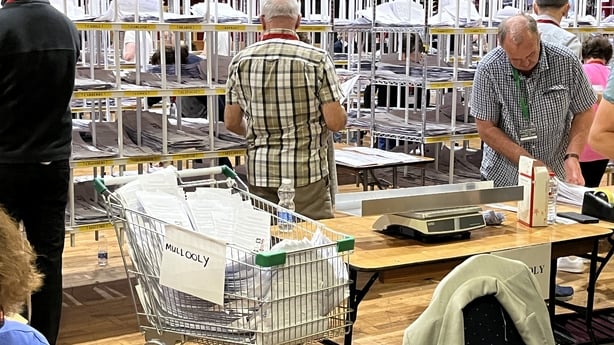
With momentum on the back of over 20 local council wins adding to the wind in Independent Ireland’s sails, he wants to play a key role in the formation of the next administration.
Others, like the Green Party, Social Democrats, Labour and People Before Profit-Solidarity will be hoping to build on their European election performances and see how they can translate their campaigning into increased support the next time they face voters.
In general, these parties approach European polls with a degree of realism, using it as a shop window to promote their message, without any genuine prospect of creating a political earthquake.
Which leads us to another interesting aspect of the count process.
While it will take a little longer to fully analyse the trends, and the manner in which votes transferred between candidates, the performance of right-wing contenders provides plenty for politicians and policy makers to chew over.
Ballot papers tell stories of public sentiment
Out of a valid poll of 700,700 on 7 June, around 10% of first preferences in this constituency went to parties or individuals who had put the issue of migration at or near the front of their campaigns.
In a crowded field, these views ranged from extreme to moderate, and many commented on the mind-boggling way in which thousands of second preferences for such candidates switched to others, with diametrically opposing stances, as the count progressed.
But for all the talk in recent days about “the centre holding”, there are clearly other forces at play too.
It will be fascinating to see how the debate about national and European immigration policies will play out.
Will those disparate voices be able to coalesce around an agreed stance and galvanise support in future, or was this a snapshot in time, with voters registering a once-off protest on the back of the options presented to them?
The actions of the Government in recent weeks, along with repeated sound bites about a “compassionate but common sense” approach, suggest this is a topic that will continue to influence the electoral process.
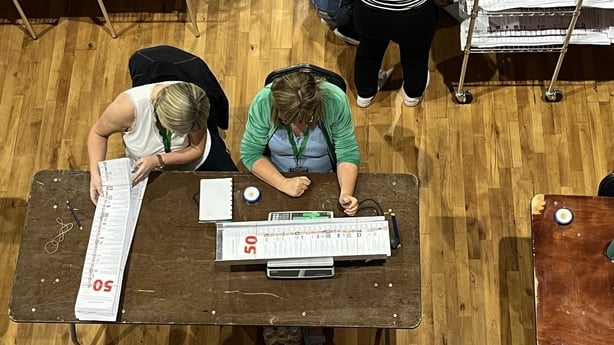
There will be plenty of other things in the mix when political hopefuls go back up the ladders to hang posters, but there was a definite sense from the established parties here this week, that they need to be better placed to counter or assuage the concerns, that are clearly being felt in some quarters.
None of the forthcoming analysis, and none of the results that have been registered would be possible without recourse to the trove of information that can be gleaned from watching ballot papers as they are separated, sorted, counted and weighed up.
As dawn broke over the count centre in Castlebar in the early hours of Friday morning, you could not but be thankful for the convoluted, drawn out and immaculately transparent electoral system we have – one that allows ballot papers given to hundreds of thousands of people be marked, folded, boxed, opened, stacked and adjudicated upon.
A process that gives us all a voice. One that is supported by hundreds of count staff and their overseeing returning officers, in what is surely the essence of civic participation.
People may differ about the outcomes or complain about the time it took to deliver the results.
But it is ultimately precious.
May we never let it go.










